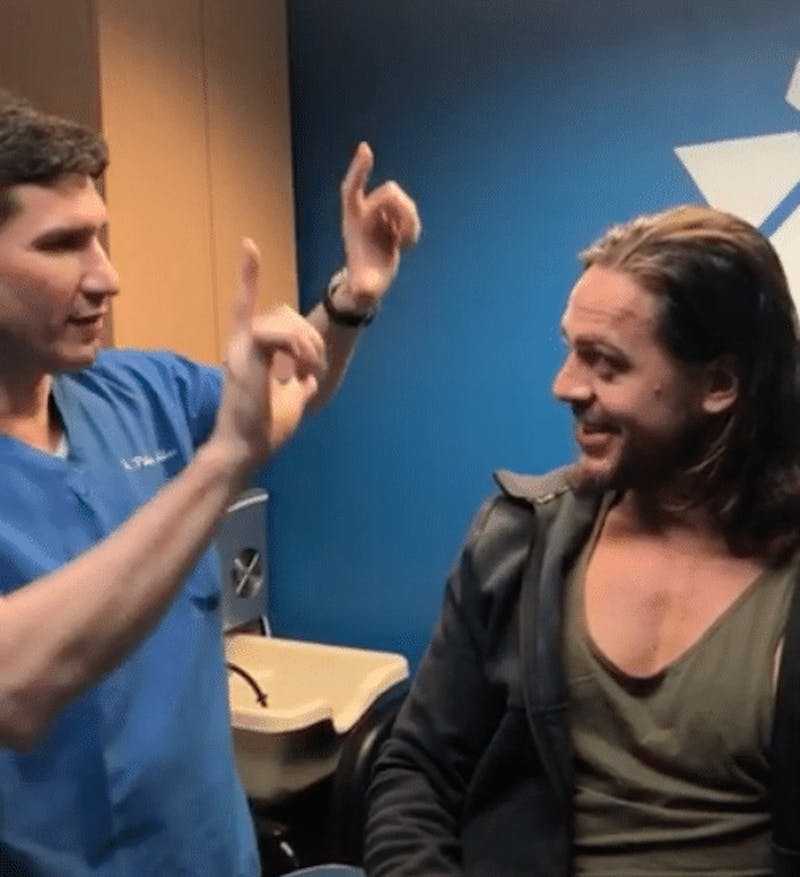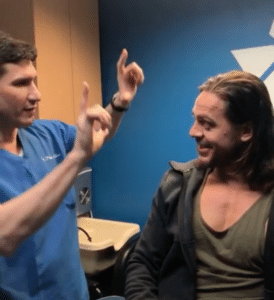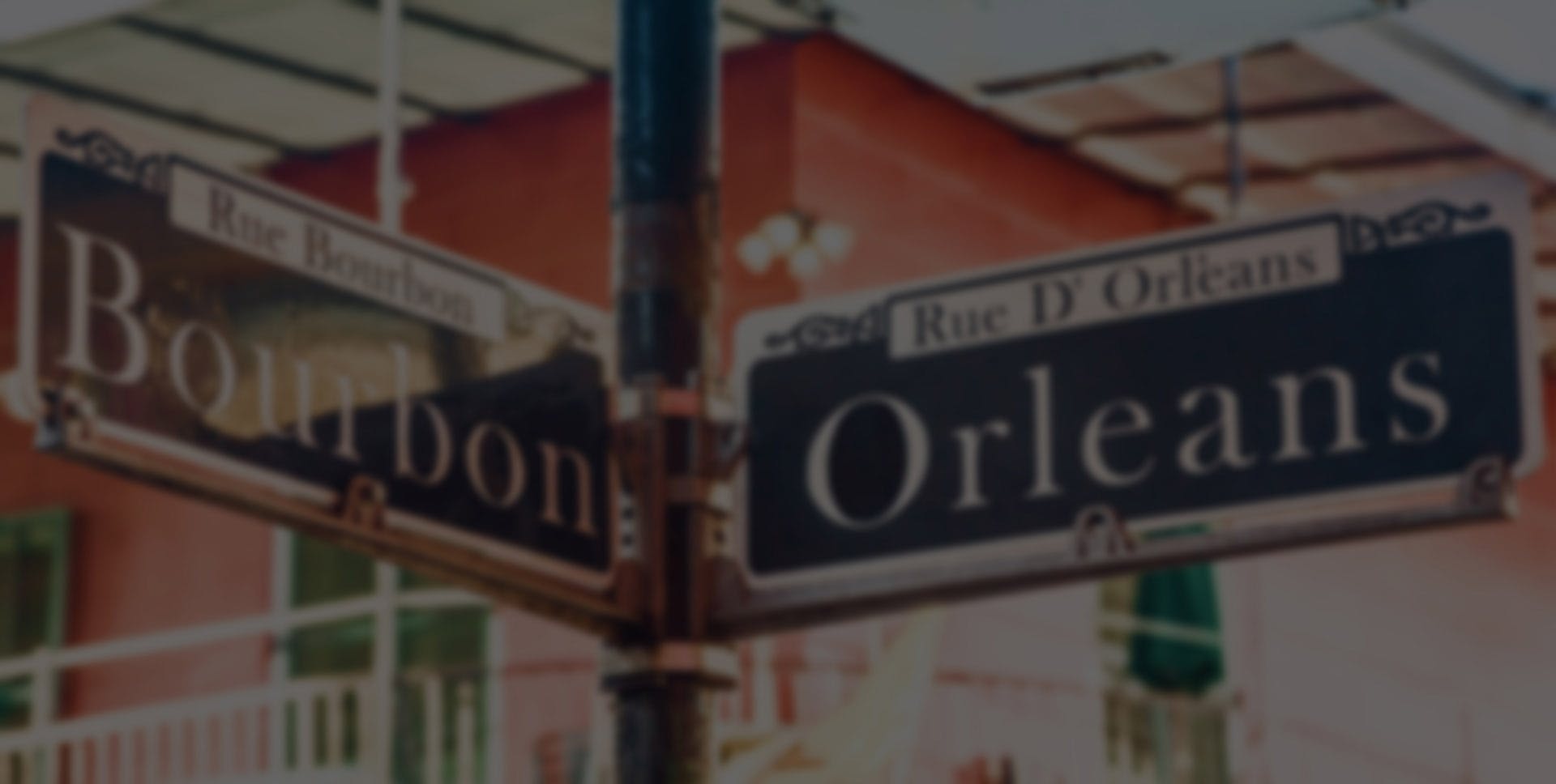
Preparing for a Post-Traumatic Rhinoplasty

May 29, 2018

Post-Traumatic Changes to the Nose
The nasal structure is a delicate part of the human anatomy, composed of small and intricate parts that are interconnected to create the shape of your nose. When the nose sustains an injury, any number of disastrous things can affect this carefully balanced structure, including broken bones, damaged cartilage, visible changes to the nose, internal deviations, asymmetries inside and out, and even trouble with breathing. Bleeding is also a cause for concern, as blood clots can form around the nasal septum and block it off from regular blood flow. This will lead to the death of this cartilage partition between the airways, a condition medically known as septal hematoma. The bridge of the nose may collapse as a result, leading to a saddle nose or boxer nose deformity.
Your Nasal Injury Timeline
Unfortunately, when most people get hit in the nose, they wait for the bleeding to stop, put some ice on it, and let the swelling go down. Perhaps if it seems serious enough, or the pain is unbearable, they’ll make a detour to the local emergency room. Still, the vast majority of nasal trauma victims skip out on medical care and brush off their injury. Any impact with the nose can result in an extensive amount of damage, especially given the angle and location of the hit. When you are injured in the nose, here’s the timeframe you’re working with:
- Seek immediate medical care if your nose is bleeding excessively or your pain is unbearable.
- If you notice any changes in your nose, a difference in your breathing, or experience swelling and bruising, see a doctor within a day or two to assess the damage.
- At worst, bone and cartilage deviations can usually be reset with a high rate of success within 7 to 14 days. Everyone is different however, so don’t put it off!
- More significant injuries often require nasal surgeries, which may be performed when the nose has “healed” from injury. Most surgeons will wait about six months after trauma to restore the nose.
Of course, every individual patient and scenario is wholly unique, so it’s best to see a doctor and plan to consult with a facial plastic surgeon as soon as you can. Taking these steps without delay is the best way to ensure that your problems are corrected as soon as possible and you don’t have to suffer years of breathing trouble or other potentially catastrophic consequences.
Surgery After a Nasal Injury
Given the list of internal injuries that can result from a nasal trauma that does not receive medical attention, many such nasal trauma sufferers should feel lucky to have come out “okay.” Even so, there can be internal changes that go unnoticed for years that require surgical correction. Some patients find themselves with crooked noses, humps or bumps, blocked airways, and other deformations that only surgery can fix. Whether your nasal injury is recent or has been bothering you for years, nasal surgery or rhinoplasty is still an option.
Correcting a nose damaged by trauma is a tricky business, which might involve the reconstruction of various parts of the nose. Damage can affect bones, cartilage, soft tissue, the septum, and skin all at once, so your facial plastic surgeon will be prepared to handle these different elements as needed. A crooked nose can be straightened, a saddle nose can be rebuilt, and blocked airways can be reopened, all in the hands of a skilled facial plastic surgeon like Dr. Miller.
Preparing for your rhinoplasty is a personalized experience that begins with a one-on-one consultation between you and your surgeon. He will evaluate your nose and assess the damage, old or new. You may want to bring along pictures of your face pre-dating your injury to help your surgeon plan the correct reconstruction for you. If you don’t have photos, don’t worry; a well-trained surgeon can recreate a nose that is balanced with your other facial elements. If you didn’t like your nose before your injury, talk to your facial plastic surgeon about any alterations you might like to see.
Get Advice on Your Nasal Injury Today
Don’t waste time after your nasal injury. Plan a consultation to discover how rhinoplasty can help you to repair your damaged nose. An experienced facial plastic surgeon can provide more in-depth knowledge about the changes that will help your nose look its very best alongside your facial features. Dr. Philip Miller in NYC has specialized exclusively in facial plastic surgery, offering over 20 years of experience and knowledge to his patients.
A recognized expert in rhinoplasty, Dr. Miller has been frequently invited to share his specific techniques with his peers at various national facial plastic surgery meetings. He has been voted among the Best Doctors in America each year since 2007 and has also been named a Top Doctor of New York. To schedule a consultation with Dr. Miller, contact his office located at 60 East 56th Street, Third Floor in New York City, by calling (646) 791-3025.
Next, learn about The Correlation Between Smoking and Rhinoplasty
Dr. Philip Miller
Focusing exclusively on the face for more than two decades, double-board certified facial plastic surgeon Dr. Philip Miller blends art and science with innovation and skill to provide thousands of patients with impeccable results. He is known for pioneering the NatraLook methodology for rhinoplasty, facelifts, neck lifts, and other cosmetic procedures for the face.

